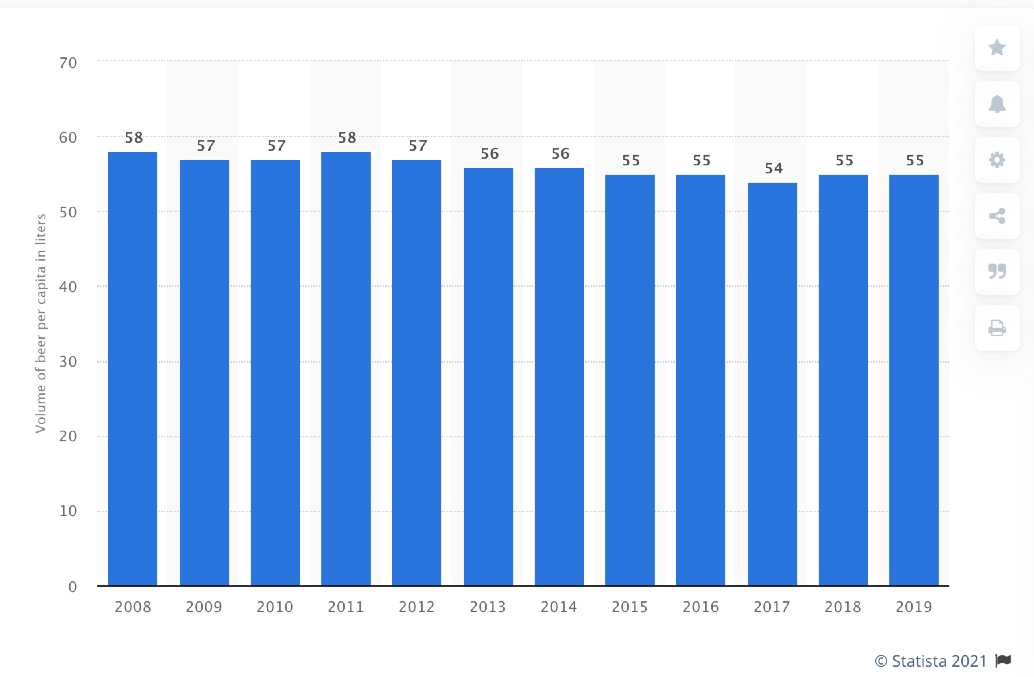Now that Sweden’s Walpurgis bonfires are nothing more than smoldering memories, it’s Systembolaget’s turn to celebrate the onset of spring with the May release of seven new beers in around 30 stores around the country.
First out is Bödeln IPA from the gang at Hantverksbryggeriet based in Västerås. I believe this might be the first time the brewery has managed to break away from their three closest Systembolaget stores, finally giving the rest of us a chance to try some of their excellent handcrafted beers.
And Bödeln (which means ‘the executioner’) is a beer that the brewery promises can do some serious harm to your taste buds with an aggressive American hop character of grapefruit and spice that leaves a long after-taste. Any beer that wins a Gold Medal at the Stockholm Beer and Whisky Festival is worth a punt in my book. Highly recommended!
Great Divide is a US brewery that I hugely admire. After all they’ve given us such beery classics as Yeti, Old Ruffian and Titan IPA. This Denver-based brewery brews the US way, and that means big.
However their track record with Belgium beer styles isn’t quite as impressive and in the case of their Grand Cru I’m not so sure I want to be drinking a sweet tasting 11 percent US-style Belgium strong ale now that the sun has made a comeback.
Grebbestad Lunator is a beer that has popped up for several years in the monopoly, although exactly when can vary from year to year. Again I feel this release is about as well timed as a Paul Scholes tackle, with another powerful beer that for me is best drunk during those long months when the sun struggles to crest the horizon.
Having said that this Swedish produced doppelbock is a finely crafted beer so you might want to do like me and buy a few bottles to squirrel away for when the snow returns.
It’s back to Belgium again with the fourth beer on the list but this time it comes from a brewery that I know understands Belgium beers beautifully. After all, Brouwerij De Ranke comes from there and who can forget their unforgettably puckering XX bitter?
Guldenberg is another Belgium Strong Ale (albeit slightly tamer in alcohol at 8.5 percent ABV) and I’m willing to bet De Ranke’s customary abundance of hops will scratch away much of the sweetness to deliver an assertively bitter and refreshing drink. For less than 27 kronor ($4.50) a bottle I’m all in.
Ichtegems Grand Cru is a beer I reviewed a year ago on my blog BeerSweden when I wrote of its smell: “a splash of vinegar, some light berry and red onion aromas and old leather” and of its taste: ”loads of wood throughout and the finish is tannic, dry and long”.
If you haven’t tried a Flemish red ale before this could be a good place to start.
Oh Mikkeller, Mikkeller, Mikkeller. Can you do no wrong? Is there nothing you can’t brew a beer with and catapult it to the top of the Ratebeer rankings? Take, for example, the idea of making a coffee IPA.
On paper it sounds like a train wreck and yet somehow this Danish brewing virtuoso manages to pull it off. I tried the first incarnation of this beer using a different (although equally impossible to pronounce) type of Ethiopian coffee.
Word is that this Odoo Shakiso version doesn’t quite reach the heights of the original but I for one want to find out for myself. A must buy!
Finally we arrive at a beer produced by a pair of young Danish brewers who were inspired to start brewing after a late night conversation with their teacher – none other than Mikkel Borg Bjergsø (that’s the Mikkel in Mikkeller in case you were wondering).
To Øl Frontier IPA is exactly the kind of beer I do want to drink this spring, dry hopped as it is with heaps of Warrior, Simcoe and Centennial hops to deliver a sharp, fruity, floral taste with just enough muscle to ward off the crisp chill of a May evening.
Recommended!
Darren Packman started writing about beer in the UK in the mid-90s. Now based in Umeå in northern Sweden, Darren now writes about the beer scene in Sweden from the inside out on his “decidedly un-lagom beer blog” BeerSweden.se.




 Please whitelist us to continue reading.
Please whitelist us to continue reading.
Member comments